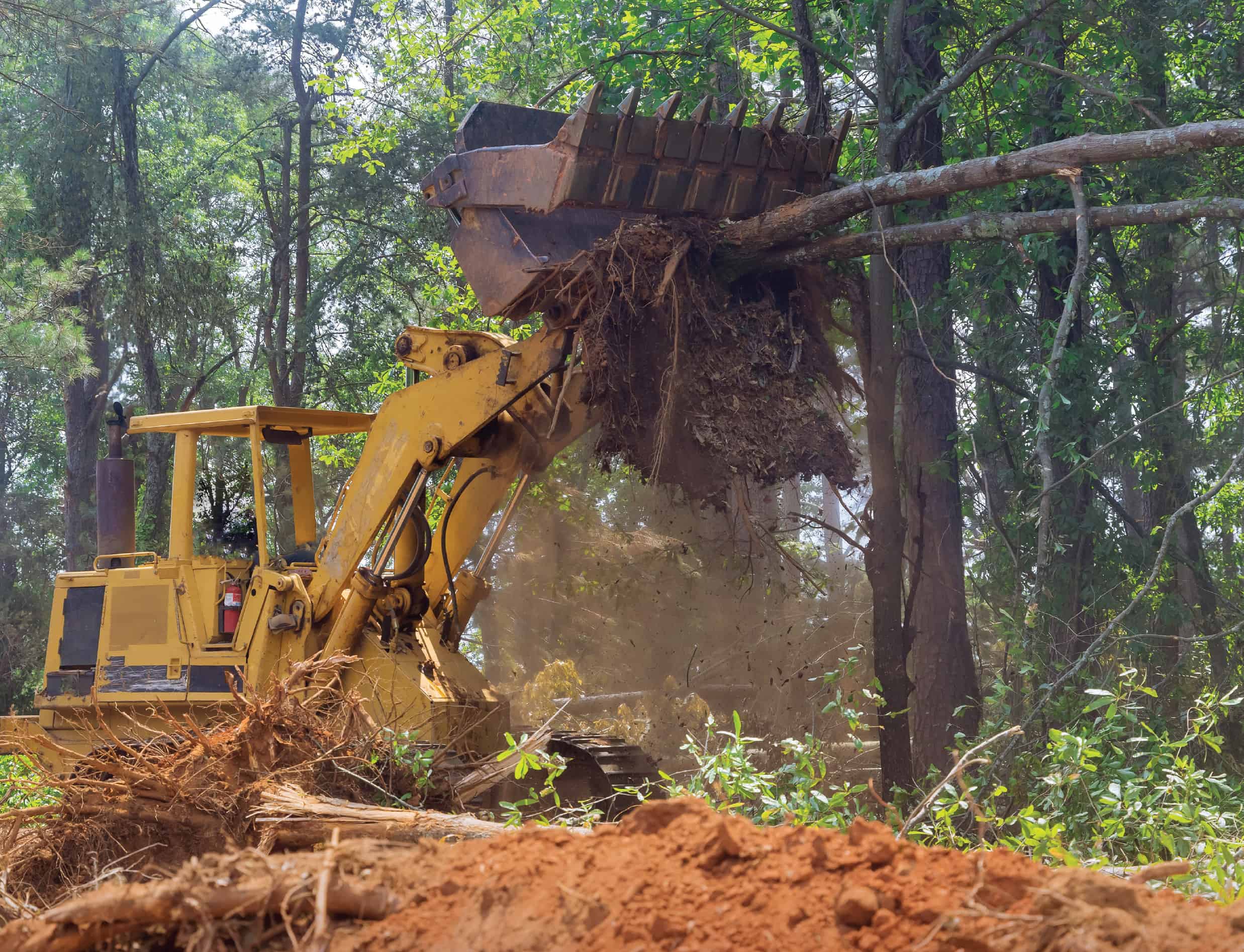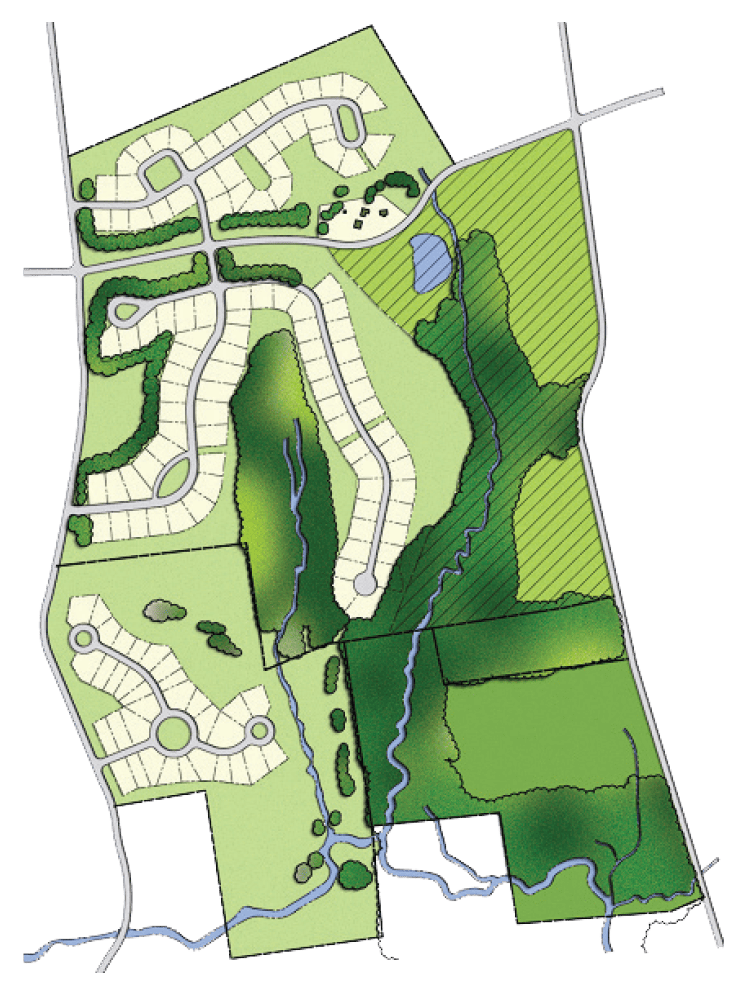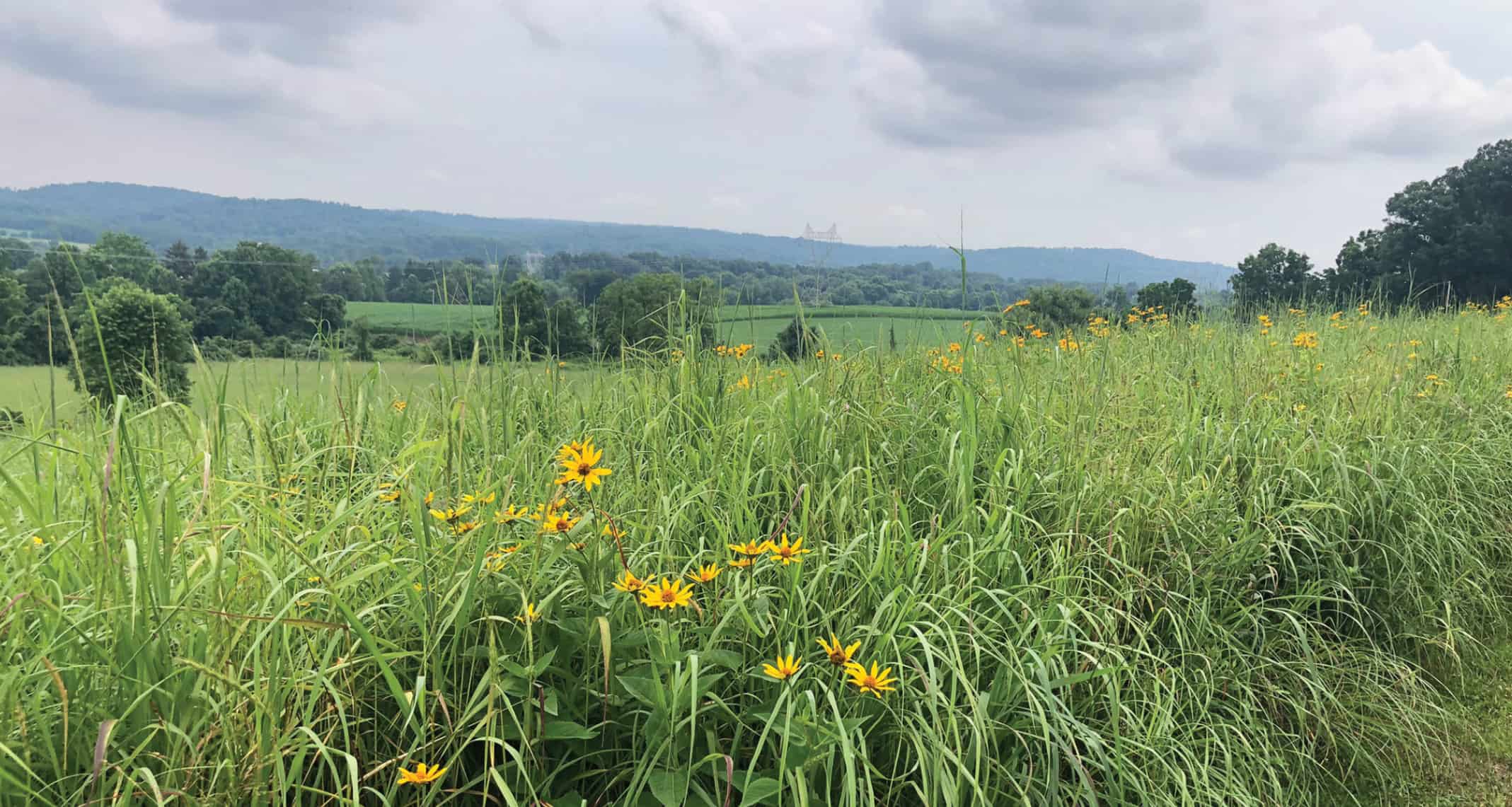the next wave of sprawl
June 10, 2023
For most of us, the words “suburban sprawl” conjure up images of cookie cutter homes, tangled networks of freeways, and traffic back-ups as far as the eye can see. You may picture the giant metropolises of southern California or central Georgia. But, the truth is, greater Philadelphia is more sprawling than Los Angeles.
You read that correctly. L.A. is vast and dependent on cars, but it consumes less than half the land per resident than greater Philadelphia. And sprawl in our area is intensifying. According to the Delaware Valley Regional Planning Commission, the region’s population is expected to grow by 440,000 people, or 7.6 percent, by 2050. The next wave of sprawl is here.
Philadelphia wasn’t always sprawling and tentacled like it is today. In the early 20th century, the city had a compact urban center with a handful of satellite towns, all connected by one of the most extensive rail and trolley systems in the United States. Large swaths of rural land lay between these tightly packed areas of development. The boundary between town and country was distinct.
From 1930 to 1970, however, land per capita in our region doubled. In the period after World War II, Philadelphians became voracious consumers of land as automobility and post-war prosperity fueled a mass exodus from the city center. By the 1990s, land consumption in the region peaked at an astonishing rate of 1.98 acres per new resident, more than three times the rate in the previous two decades. From 1990 to 2000, our region saw an acre of development every 45 minutes.
follow the money.
It’s useful to understand the economic factors at play in our region’s land consumption history.
Where jobs are, people will follow. From 1969 to 2010, the City of Philadelphia lost nearly 250,000 jobs. Meanwhile, out in the suburbs, work opportunities were booming—to the point that, in 2010, the central business district of Philadelphia represented just 15 percent of the region’s employment base. Jobs and population sprawl are not independent phenomena but rather reinforce each other.
The Great Recession and global financial crisis of 2008 dramatically reduced development pressure at the edge of our region. Job losses mounted, housing construction dropped off, and residents of the Delaware Valley retrenched, with a shift away from homeownership and long commutes. Millennials—who now represent the largest generation in America—came of age during this same period. They entered a weak job market that made home and car ownership less attainable. In this environment, cities were not just fashionable, their rental opportunities, walkable neighborhoods, and public transportation offered convenience and flexibility.
Even as the economy recovered, Center City Philadelphia enjoyed a surge in residential development, with young professionals and downsizing empty nesters flocking to rowhouses and rental apartments. The city was growing again for the first time since the mid-century and, by 2015, commanded 30 percent of residential building permit activity in the region, up from its nadir of two percent in 1992.
While Philadelphia stirred with new construction, the region’s overall building activity was still far below historical norms, placing yet another brake on sprawl after the Great Recession.
less pressure = less funding.
During the housing boom of the early 2000s, state, county, and local governments throughout Greater Philadelphia took decisive action by establishing new funding sources for conservation. In the period from 2000-2009, there were 127 successful ballot initiatives for open space bonds or taxes, up from 34 in the prior decade. The bonds alone in that period totaled more than $212 million.
However, in the decade following the Great Recession, conservation funding eroded across the board. With less pressure on our region’s green space, communities felt less urgency to protect remaining land. Underwriting from general revenues at Pennsylvania Department of Conservation and Natural Resources declined from a peak in 2007 of $99 million to a mere $47 million in 2018.
Similarly, that decade saw little new funding for open space from local and county governments. In the period from 2010 to 2019, new bond funding for open space fell by a whopping 94 percent from the previous 10-year period. The number of new voter referenda at the county or local level dropped by 85 percent. Most of our region’s open space bonds, issued before the Great Recession, have been depleted.
the wave is cresting.
Some demographers pointed to declines in marriage, birthrates, and even driver’s licenses as evidence that the Great Recession shift to cities and other walkable environments was permanent. Millennials, they argued, were renting downtown apartments out of choice, not necessity. In 2013, Leigh Gallagher’s book The End of the Suburbs: Where the American Dream Is Moving was a bestseller.

iStockphoto.com-photovs
However, as the finances of Millennial households improve, more of this generation are decamping to the suburbs. Surveys have shown that most of them prefer the suburbs anyway. One such report, released by the National Association of Home Builders, found that 66 percent want to live in the suburbs, 24 percent want to live in rural areas, and a mere 10 percent want to be city dwellers.
Even for those Millennials who want to live downtown, many simply can’t afford to. With high demand and the limitations on development that are inherent in urban settings, prices have risen substantially. It is now less expensive to live in traditional suburban towns like Swarthmore, Narberth, and Doylestown or conventional suburbs like Springfield, Penn Valley, or Warminster than in Center City. Twenty years ago, that was not true.
As this generation of Millennials rebuilds their finances, more will choose to have children and, in doing so, follow their parents to the suburbs for the quality public schools, more space, and perceived safety. Demographers believe our cities have already witnessed “peak Millennial” with more young people now leaving urban centers than entering them.
“Greater Philadelphia continues to expand outward, often encroaching upon open lands that are vital to clean water, species migration, and recreation,” said Jason Duckworth, president of Arcadia Land Company and a member of Natural Lands’ Board of Trustees. Jason has received widespread recognition as a progressive developer and advocate of smart growth in the Philadelphia region, and has been instrumental in leading conversations at Natural Lands about how to get ahead of the trends. “Technological, demographic, and market changes in both the industrial and residential sectors are unleashing new pressures on our periphery, threatening what remains of our open lands. And there’s little we can afford to lose.”
sprawl is one challenge among many.
During the past 20 years, Natural Lands has protected 45,711 acres in 436 transactions, an average of 22 projects per year. This record of accomplishment has made Natural Lands the largest private land conservation organization in the Greater Philadelphia region.
What’s driving the choices Natural Lands makes about where to direct, accelerate, and expand its conservation efforts? Certainly, this newest wave of sprawl is an important factor, but so too is our changing climate, loss of species diversity, and inequitable access to both open space and the conservation movement.
“Where will sprawl be worst and how do we account for this as we prioritize our efforts? How do we factor in other forces like the impacts of climate change and protecting biodiversity?” said Todd Sampsell, vice president of conservation for Natural Lands. “The number of acres saved is important, but we must identify and pursue the right opportunities to preserve intact ecosystems, protect watersheds, and establish greenways—for wildlife and people. Smaller parcels in more urban and suburbanized areas, if they can help alleviate flooding and excessive heat or allow for better nature access for nearby populations, may be just as important as larger parcels in more rural areas.”
Natural Lands is fortunate that the scale and reach of our conservation efforts position us to have a meaningful impact on the future. While we continue to follow the course that has underpinned our success for decades, we know that “forever” depends on the choices we make today. We must be proactive, act quickly, and assert ourselves.
“Natural Lands has set the bold goal of doubling our pace of land protection to prevent sprawl from consuming our most important landscapes,” said Natural Lands President Oliver Bass. “We need more boots on the ground to meet this goal, and thanks to seed funding from a generous donor, have recently added the first of what we hope will be two additional full-time land protection specialists to our staff. This, along with successful open space votes and continued support from county, state, and federal partners, will equip us to do this work. The time for more and accelerated conservation has come.”
If you are interested in learning more about leadership gift opportunities to elevate our land protection efforts, please contact Ann Hausmann, vice president of development, at 610-353-5587 ext. 242 or hausmann@natlands.org.
Growing Greener: Conservation by Design
Every time land is developed, there is an opportunity to add to community open space. All that’s needed are a few straightforward amendments to existing municipal codes.
In 1991, Natural Lands hired nationally recognized planner and author Randall Arendt and pioneered a ground-breaking approach. Called Growing Greener, the program appealed to the PA Department of Conservation and Natural Resources, which launched a 1997 partnership with Natural Lands, promoting conservation design state-wide.

A 2-D rendering of a conservation subdivision in London Grove Township, Chester County
Simply stated, conservation design rearranges the development on each parcel as it is being planned so that half—or more—of the buildable land is set aside as open space. In a typical subdivision, every available square foot of open land is built upon, except for steep slopes and wetlands. If the same number of homes can be built in a less land-consumptive manner, however, it allows land to be permanently protected as community green space and, ideally, added to an interconnected network of other conservation sub-divisions. Conservation design saves, on average, 62 percent of land in new developments as open space.
Since 1997, Natural Lands has worked with more than 140 Pennsylvania municipalities to modify their plans and zoning ordinances, empowering them to break the cycle of wall-to-wall house lots.
Currently, Natural Lands is in the process of reviewing and updating the Growing Greener: Conservation by Design model ordinances, thanks to financial support from the PA Department of Conservation and Natural Resources.
from Great Recession to Green Hills.
The 201-acre Green Hills Preserve is an expanse of rolling grasslands, woodlands, and wetlands that was once destined to become the “The Villages of Green Hills,” a 670-house subdivision that would have left little green in these hills.

Green Hills Preserve
Photo by Tianna Godsey
When the developer’s fortunes changed due to the economic downturn of the Great Recession, conserving the property was suddenly a possibility. After more than two years working to piece together critical funding from 10 different sources, Natural Lands purchased the property, establishing Green Hills as Natural Lands’ first nature preserve in Berks County.
The Great Recession also resulted in the addition of 141 acres to Natural Lands’ Peacedale Preserve in Landenberg, Chester County. Prior to that, the small preserve was an isolated parcel with no trails or
public access.
“We’ve worked hard to build relationships with developers over the years so that, when their fortunes change, they know they can turn to Natural Lands,” said Jack Stefferud, senior director of land protection. “When an approved subdivision goes belly up, it’s an opportunity for conservation. The opportunity becomes reality when we can get the funding to underwrite saving the land.”
next post
Plant This, Not That.
June 1, 2023
Late last year, the Pennsylvania Department of Agriculture announced plans to ban the sale of burning bush, Euonymus alatus. Burning bush is an invasive species, […]
continue reading